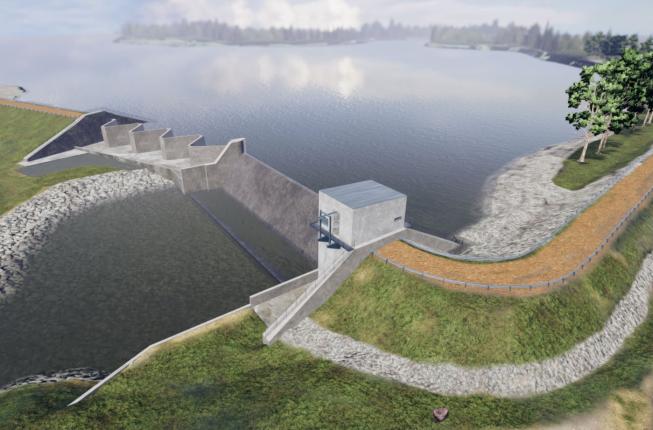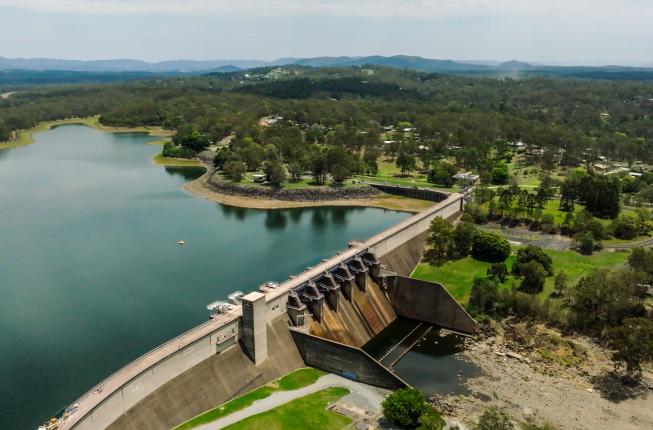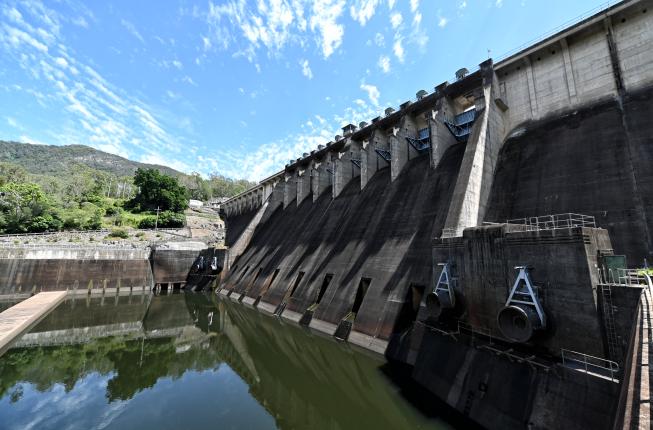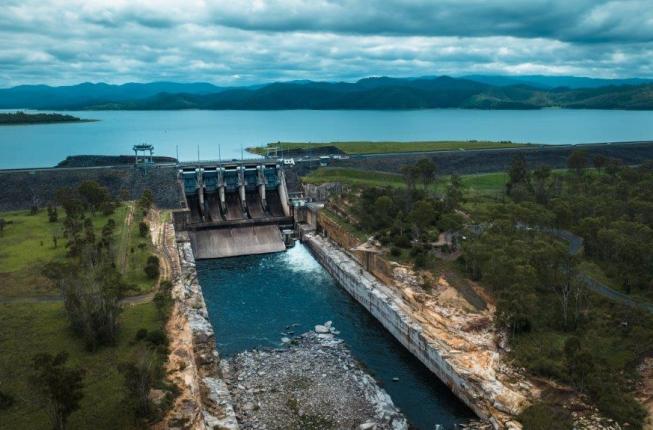Dam Improvement Program
About the Dam Improvement Program
Dams are long-life assets which require continual assessment, monitoring and maintenance. While Seqwater dams were built to high standards, many were built some decades ago. Methodologies and data used to estimate extreme rainfall events have significantly improved and industry engineering standards and risks have progressed since dams were originally built.
Across Queensland and Australia, there are multiple dam upgrades occurring to meet modern engineering standards and comply with the safety requirements outlined in the Water Supply (Safety and Reliability) Act 2008.
Through Seqwater’s Dam Improvement Program, we’re investing in our region’s dams to ensure ongoing safety and water security for years to come.
This program is required to be completed by 1 October 2035 and planning is well underway.
Since 2008, Seqwater has delivered 13 upgrades, including Leslie Harrison Dam at Capalaba, Sideling Creek Dam north of Brisbane and Ewen Maddock Dam on the Sunshine Coast.
Current Dam Improvement Projects and Status
Lake Macdonald Dam
Construction underway.
North Pine Dam
Staged strengthening works underway; main upgrade in detailed business case.
Somerset Dam
Early and enabling works underway; main upgrade in detailed business case.
Wivenhoe Dam
Options analysis.
While the Dam Improvement Program is underway, some of our dams are operating at a reduced full supply level, which is an industry-accepted practice to manage dam safety. South East Queensland has a safe, reliable and resilient water supply system, stemming from careful and ongoing water security planning and a diverse asset base which allows Seqwater to supplement supply in a timely way when needed. The reduced supply levels do not significantly impact the long-term water supply security for the region. Periodic reviews will continue until the Dam Improvement Program is complete to ensure dam safety, water supply and long-term water security are appropriately managed.
Seqwater continues to ensure its dams operate safely, and function safely during extreme weather events in line with regulatory requirements.
Frequently asked questions
No FAQs match your query
In Queensland, dam owners are responsible for the safety of their dams under the Water Supply (Safety and Reliability) Act 2008 (the Act). The schedule for completion of the work has been determined by the Queensland Dam Safety Regulator (part of the Department of Regional Development, Manufacturing and Water) and is required to be completed by 1 October 2035.
All Seqwater managed dams continue to operate safely. Dam improvement projects are undertaken to meet modern engineering and safety standards so that dams can continue to safely pass large volumes of water during periods of extreme rainfall.
Dams in Queensland were built to high, internationally accepted safety standards. Many of the dams were built in the 1960s and 1970s (some even earlier) and the methodologies and data used to estimate extreme rainfall events and flooding impacts have significantly improved, and industry understanding of engineering standards and risks have progressed.
All these factors are considered as part of the Dam Improvement Program so our dams operate as they should into the future.
Dam safety is regulated by the Queensland Government which publishes the Dam Safety Management Guidelines and these guidelines outline the processes and procedures that dam owners need to follow as well as the required capacity of spillways on referable dams based on predicted rainfall events and the overall hazard posed by the dam to communities downstream. The risk profile of each dam within Seqwater’s Dam Improvement Program influences the extent of the dam upgrade to meet safety standards, and this is different for every dam.
Every dam project is different – some may take several months, while others take years to complete.
Once a dam has been identified as needing improvement, investigations and planning are needed to determine the scope, estimated cost and timing of work.
Our dam improvement projects follow relevant government frameworks such as the Project Assessment Framework and Detailed Business Case Framework, which ensure major projects are appropriately assessed and deliver strategic objectives and value for money.
Dam improvement projects are prioritised across the region in a staged program that is scheduled to maintain water supply security, while delivering best value for money. The timing of dam improvements may change based on the outcome of ongoing investigations.
Major dam upgrades can be extremely complex and take years to plan.
Since 2008, Seqwater has delivered 13 upgrades, including Leslie Harrison Dam at Capalaba, Sideling Creek Dam north of Brisbane and Ewen Maddock Dam on the Sunshine Coast.
Planning work is underway for the next tranche of upgrades at Somerset, Wivenhoe and North Pine dams, and construction is underway at Lake Macdonald Dam.
Seqwater is undertaking the necessary investigations to understand the options for the upgrade of North Pine, Somerset and Wivenhoe projects – our region’s largest dams. More information will be available as the projects progress. Please check the project web pages for the most up to date information.
The water levels of some dams may be lowered until improvements can be completed. Lowering the water level in a dam reduces water pressure and loads on the dam wall.
In some cases, the reduced water levels will be temporary while we conduct investigations and improve the dam. In other cases, permanently lowering the water level in the dam may be a solution to meeting the relevant safety guidelines in the long term.
Lowering water levels is an industry-accepted practice to best manage the safety of dams either temporarily or in the long term.



